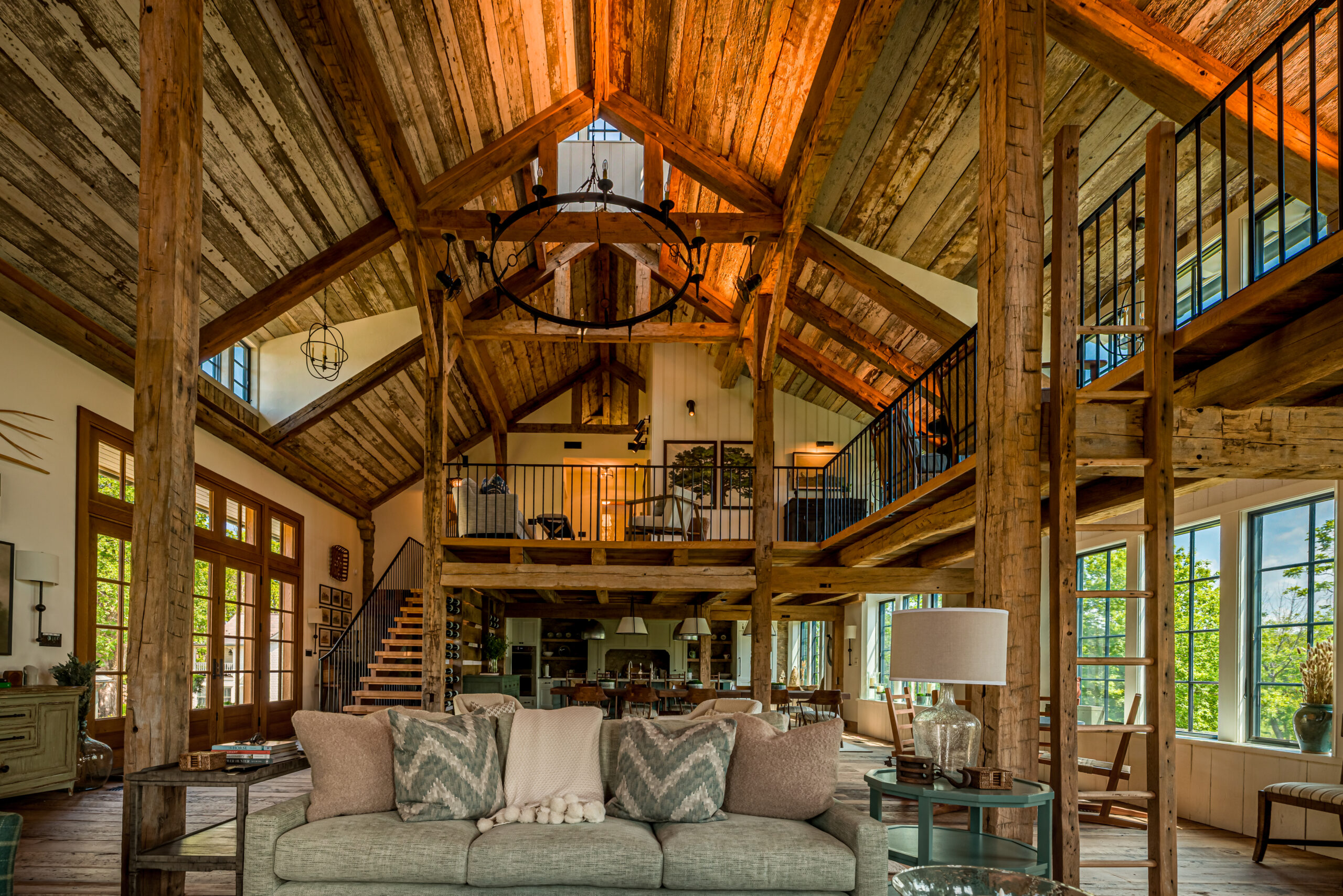An Adaptive Reuse Construction Company Preserving the Past, Building the Future
At Quarry View Building Group, we believe buildings have stories worth continuing. As an adaptive reuse construction company, we help clients transform existing buildings and historic structures into spaces that meet contemporary needs while honoring their past.
Our adaptive reuse projects breathe new life into structures, balancing preservation with sustainability and value. Whether it’s a historic building in the heart of a community or an older facility ready for a new purpose, our team provides the expertise and construction services to make it possible.
The Value of Adaptive Reuse
Breathing New Life into Existing Buildings
Adaptive reuse construction allows property owners to reimagine what’s possible. Instead of starting from the ground up with new construction, existing buildings can be repurposed to serve as offices, mixed-use developments, or community centers. This approach saves resources, reduces waste, and keeps the character of neighborhoods intact.
Preserving Cultural Heritage
Historic buildings and older structures carry meaning for cities and communities. Through adaptive reuse, we preserve architectural details and cultural heritage while making spaces safe, functional, and efficient for today. It’s about honoring history while ensuring buildings remain valuable for future generations.
Expertise in Adaptive Reuse Construction
Careful Planning and Creative Solutions
Every adaptive reuse construction project requires careful planning. From addressing building codes to managing costs, our team develops creative solutions that allow older structures to meet modern standards. Challenges like limited building materials or site constraints are approached with the same commitment to detail that defines our broader construction services.
Working with Historic Structures
We specialize in working with existing structures and historic buildings, ensuring that preservation goals are respected while creating usable, contemporary spaces. By integrating quality building materials and focusing on efficiency, we deliver results that serve clients, communities, and tenants for years to come.
Sustainable Development and Community Revitalization
Building for Future Generations
Adaptive reuse construction is a powerful tool for sustainable development. Repurposing existing structures reduces the carbon footprint, minimizes demand for new resources, and supports long-term environmental goals. These projects not only extend the life of buildings but also provide cost savings and efficiency for clients.
Community Benefits of Adaptive Reuse Projects
Beyond sustainability, adaptive reuse projects strengthen communities. Revitalized buildings attract tenants, expand business opportunities, and help drive economic growth. Mixed-use developments and office spaces bring people together, adding vibrancy and purpose to areas once overlooked.
A Process That Supports Clients
Collaboration with Architects and Partners
We work closely with architects, engineers, and clients to align vision, design, and construction. Strong communication ensures that adaptive reuse projects are delivered efficiently, without unnecessary cost overruns or delays. This collaborative approach is key to maintaining both preservation goals and client expectations.
From Foundations to Finished Spaces
Our role as a construction company is to manage each stage of the building process with professionalism and care. From assessing existing structures to final finishes, we deliver spaces that balance the form of the past with the function of modern life. The result is a finished product that clients and communities can rely on for years to come.

Why Choose Quarry View as Your Adaptive Reuse Construction Company
Choosing the right adaptive reuse construction company means selecting a partner who values both history and progress. At Quarry View, we bring integrity, craftsmanship, and expertise to every project.
When you work with our team, you can expect:
- Respect for historic preservation and cultural heritage
- Creative solutions that balance modern needs with existing structures
- A focus on sustainability, efficiency, and cost savings
- Clear communication and collaboration with architects, partners, and clients
- Dedication to delivering adaptive reuse projects that benefit communities and future generations
Adaptive reuse construction is more than a service—it’s a commitment to preserving the past while building for the future. If you’re ready to give new life to an existing building, Quarry View Building Group is here to support your vision and guide the process with expertise.
